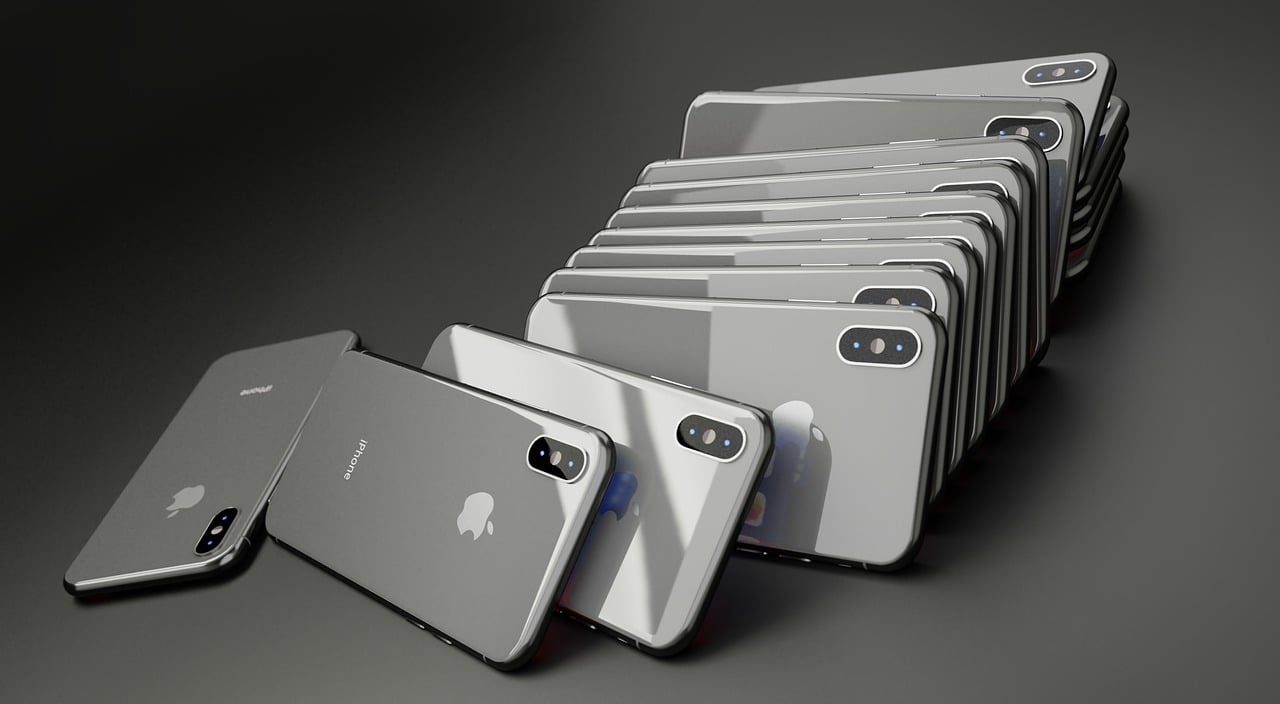Huawei has said publicly that it aims to overtake Apple and Samsung to become the world’s largest smartphone vendor. It’s the same company that was not even among the top five vendors a few years ago. The Chinese giant has seen meteoric rise in smartphone sales despite having limited presence in the United States. Data from research firm IDC shows that Huawei sold more phone than Apple in the first quarter of this year and is closing in on Samsung.
Huawei is the new No.2, Samsung retains top slot
The Chinese networking giant doesn’t have any carrier partnerships in the US, which means its presence in the world’s second largest smartphone market is negligible. It’s quite surprising to see Huawei boost its Q1, 2019 sales by 50.3% when the worldwide shipment volumes declined 6.6%, according to IDC’s Worldwide Quarterly Mobile Phone Tracker report. IDC expects the Chinese juggernaut to remain the second largest vendor through the rest of 2019.
The company shipped 59.1 million smartphones in the first quarter this year, up 50.3% from 39.3 million in the corresponding quarter a year ago. It has flooded the market with innovative and beautifully designed smartphones in premium, mid-range, as well as low-end categories. According to DxOMark, the latest P30 Pro has a far better camera than Apple’s iPhone XS Max.
The global smartphone market has saturated. People are holding on to their phones longer and upgrading less frequently. Huawei, Samsung and other Android vendors believe novel technologies such as 5G and foldable displays would drive upgrades in the coming years. Unfortunately for Apple, it lags behind its Android rivals in both 5G and foldable display technology. While Huawei and Samsung have launched 5G phones, Apple won’t be able to launch a 5G iPhone until 2020 at the earliest.
Apple, now the world’s third largest smartphone vendor, saw its smartphone sales decline dramatically in the first quarter after disappointing sales during the holiday period. According to IDC, Apple managed to ship only 36.4 million iPhones during the quarter, down 30.2% from 52.2 million units shipped in the first quarter of 2018. It gave Apple a market share of just 11.7%, lagging behind Huawei 19%.
Worldwide, 310.9 million smartphones were shipped during the quarter. Samsung remained the world’s largest vendor with a market share of 23.1%. The Korean company sold 71.9 million smartphones, a decline of 8.1% from 78.2 million units shipped in the same quarter last year. Samsung’s latest Galaxy S10 series has turned out to be successful. The company has also launched multiple phones in the mid-range segment under the Galaxy A and Galaxy M series.
Xiaomi was the world’s fourth largest vendor with a market share of 10.2%. It shipped 25 million devices during the quarter, down from 27.8 million units shipped in the same quarter of 2018. Vivo occupied the fifth spot with a shipment of 23.2 million units and market share of 7.5%. Vivo and Huawei were the only companies in the list to witness smartphone sales growth. Its sales were up 24% from 18.7 million units in Q1, 2018.
Oppo was ranked joint fifth with a market share of 7.4%. It shipped 23.1 million devices during the quarter, down from 24.6 million in the same quarter a year prior. Oppo, Vivo, and Xiaomi have built a strong presence in India, where they are investing heavily. India was the only market where Xiaomi’s smartphone sales went up.
Were Apple’s smartphone sales really that low?
According to IDC, Apple shipped only 36.4 million iPhones during the quarter. The Cupertino company sells only premium smartphones, unlike other vendors that sell devices at almost every price point. So, it’s not surprising to see vendors like Samsung and Huawei selling more units than Apple.
However, noted analyst Neil Cybart of Above Avalon (via Apple Insider) points out that IDC’s Apple shipment numbers are “highly inaccurate.” Apple has told investors that the iPhone revenues were $31.05 billion in January-March quarter, representing a 17.3% decline compared to the same quarter a year ago. Apple has stopped reporting the unit sales of its devices.
IDC isn’t close with their iPhone unit sales estimate for the quarter that Apple just reported. Apple sold way more than 36M iPhones. Plug 36M into an earnings model & you will find out that number is impossible to achieve given Apple’s stated iPhone revenue. Embarrassing for IDC pic.twitter.com/C3CwVClZto
— Neil Cybart (@neilcybart) May 1, 2019
Cybart argues that the only way Apple’s iPhone revenues could have declined only 17.3% while shipments went down 30.2% (as per IDC) is that if almost all buyers upgraded to the most expensive iPhone XS Max. But that’s not the case. Market data from different research firms shows that the iPhone XR was the most popular new iPhone. The iPhone XR starts at $750, so there is no way the average selling price (ASP) could have gone above $850.
Cybart estimates that Apple shipped 43 million iPhones during the quarter, which is 18% higher than IDC’s estimate. Even with that figure, Apple would remain the third largest vendor in terms of sales. Another research firm Canalys estimates Apple sold 40.2 million iPhones.





